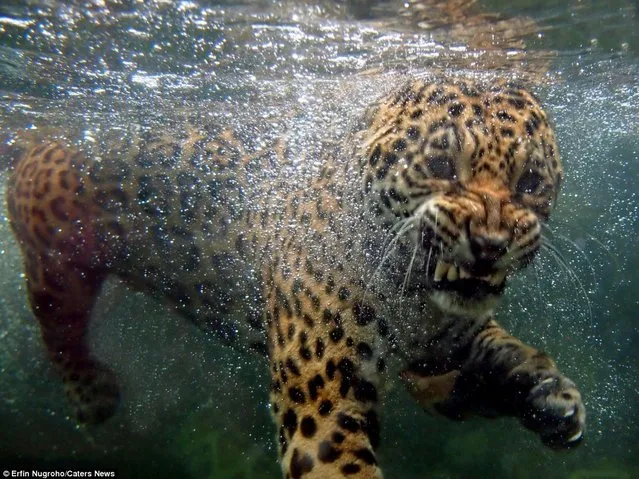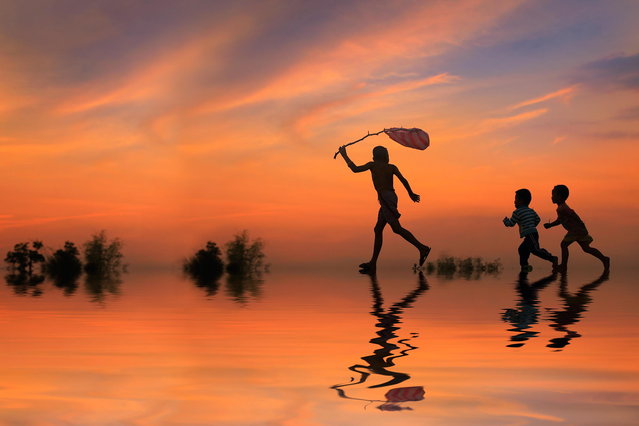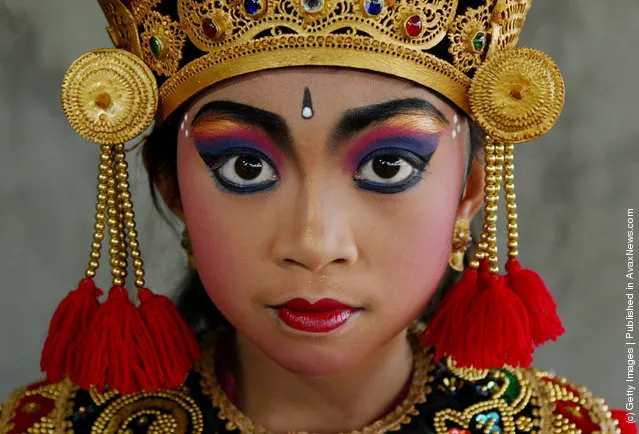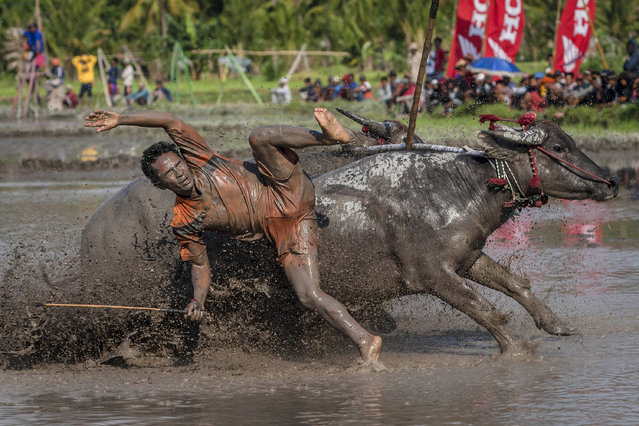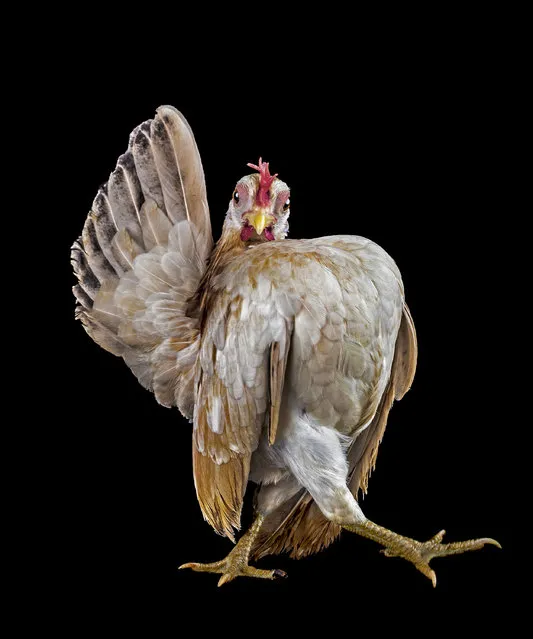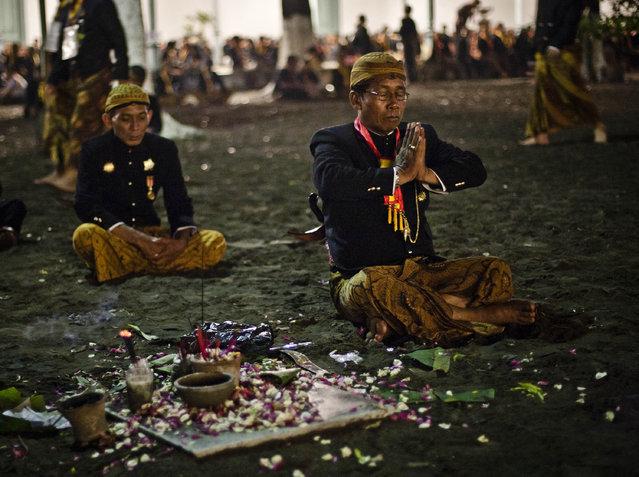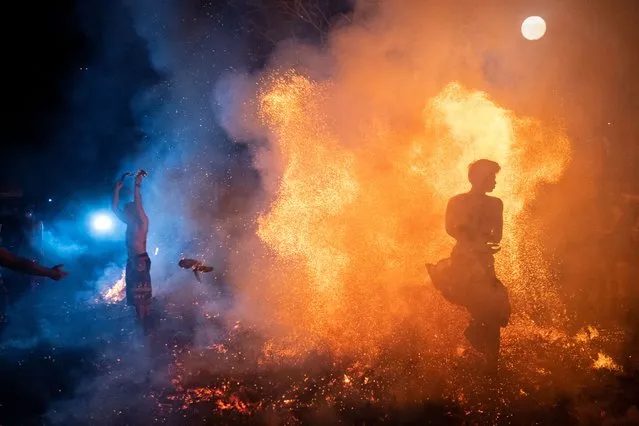
Balinese man dances in the middle of burn coconut husks during the fire fight ritual called Mesabatan Api on March 21, 2023 at traditional sub village of Nagi, in Gianyar, Bali, Indonesia. The mesabatan api ritual is held annually on the eve of Nyepi, the Hindu Day of Silence, the Balinese Caka New Year, and only takes place in Pakraman Nagi village in Gianyar regency, around 30 kilometers from Denpasar. (Photo by Agung Parameswara/Getty Images)
01 Apr 2023 03:25:00,post received
0 comments


